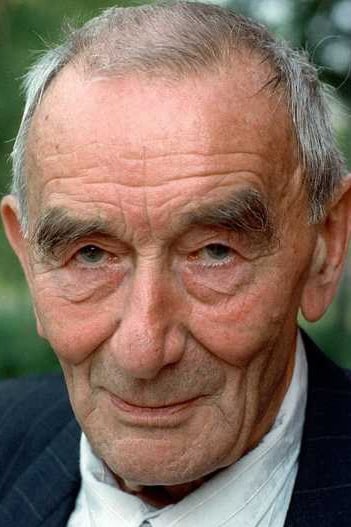

Barfuß ins Bett is a German family television series, broadcast in 14 parts between 1988 and 1990.
A Little Boy in the ruins of World War II and the white lie of an old man - after a story by Wolfgang Borchert.

The nurses and friends Anna and Annette grow desperate over men and love. At the hospital, Anna has fallen in love with Markus, whom she lovingly calls "moose", but they only meet twice a year, when Markus has time for her. In the meantime, she keeps afloat with flights of fancy. Meanwhile, Annette clings to the painter Ludwig who cannot stand such a close relationship. Through Annette and Ludwig, Anna meets an attractive married man but her high spirits do not last long.
The real blue is the color with which potter Benito Guerrero makes his fortune. When he no longer receives the color from Germany as a result of the Second World War, he and his family's existence are threatened. However, with the help of his inventive cousin Ruben, he manages to bring his real blue back onto the market.

This elaborate two-part television film features a section from the life of communist worker leader Ernst Thälmann. It begins with the bloody riots on May 1, 1929 in Berlin, in which police officers shot at demonstrating workers, and ends with February 7, 1933, when Thälmann appeared as a speaker at the illegal meeting of the Central Committee of the Communist Party of Germany in goat neck. This period was marked by the struggle of the Communists against the ever stronger National Socialists and the rise of Adolf Hitler.
Werner Friedrich Dissel (26 August 1912 – 22 January 2003) was a German actor, director, and resistance fighter against the Nazi regime. Dissel's began working as a newspaper photographer in the late 1920s. After the Nazis' rise to power, he became a member of an antifascist group headed by Harro Schulze-Boysen, and was involved in the resistance newspaper Wille zum Reich. Dissel was caught and imprisoned from 1937 to 1939. During his time in prison, the Gestapo arranged for Boysen to visit him, in the hope that something incriminating would be said while the two would be left alone in a tapped room; Boysen passed a cigarette pack to Dissel, on which he wrote that the police had no concrete evidence against him. After his release, Boysen convinced him to volunteer into the Wehrmacht, so he could "destroy Hitler's army from within". Dissel joined the armed forces shortly before the German Invasion of Poland, and served in a military meteorology unit. At 1942, he barely avoided an arrest during the Gestapo's crackdown on the Red Orchestra. After the war, he openly joined the KPD and decided to pursue his old dream to become an actor. Dissel joined a cabaret in Wiesbaden, and in 1950 emigrated to East Germany. There he appeared in numerous plays, TV shows and movies. He worked with the Berliner Ensemble, DEFA and DFF. He continued his acting career after the reunification. In total, he appeared in more than a hundred film and television productions. He received the Art Prize of the German Democratic Republic at a collective awarding in October 1986. Source: Article "Werner Dissel" from Wikipedia in English, licensed under CC-BY-SA.
By browsing this website, you accept our cookies policy.